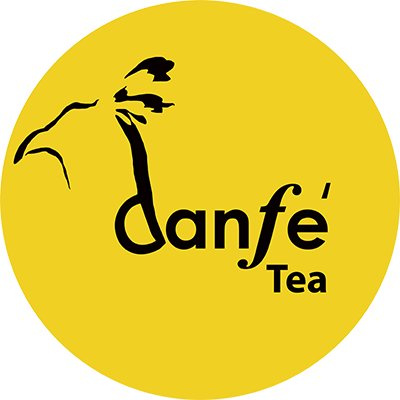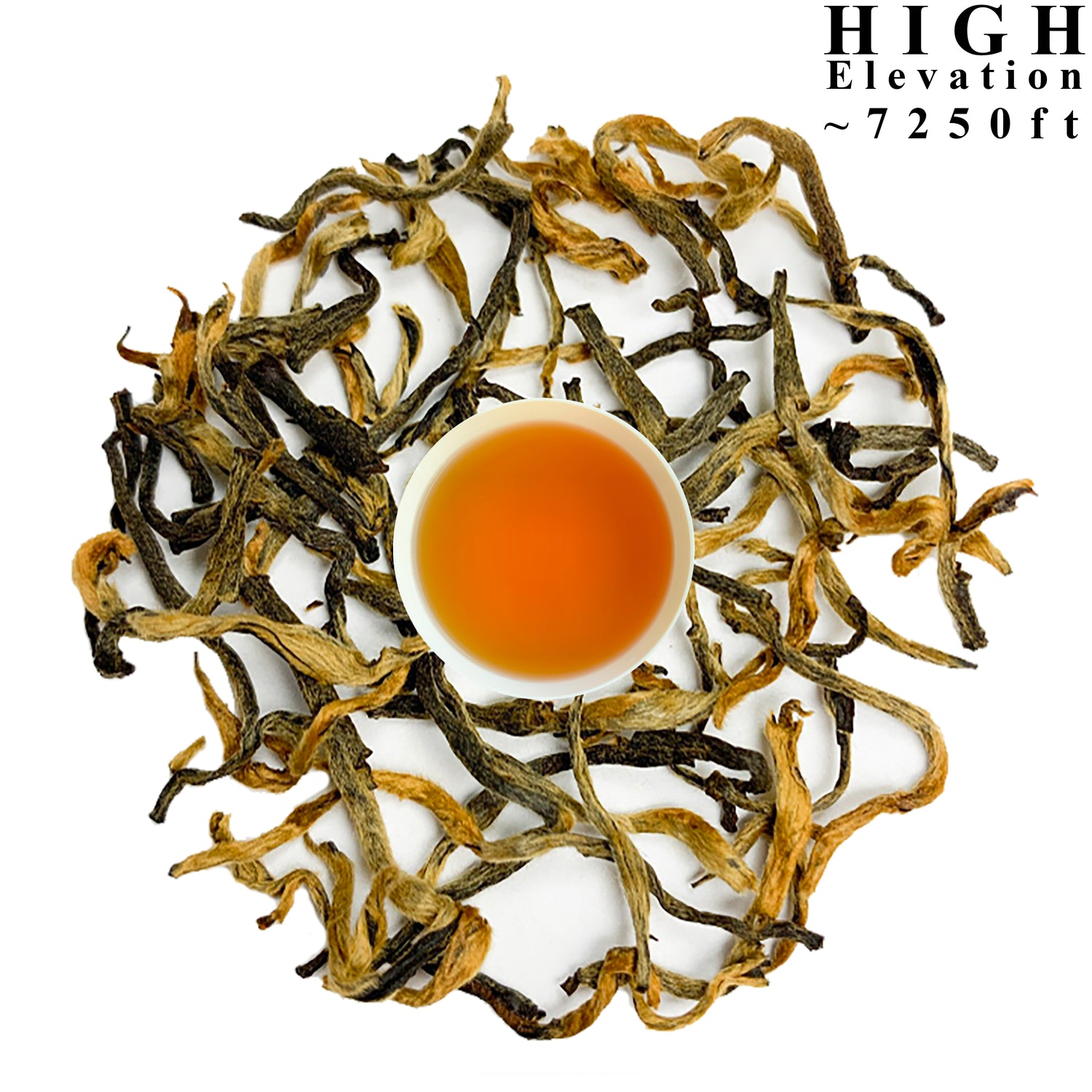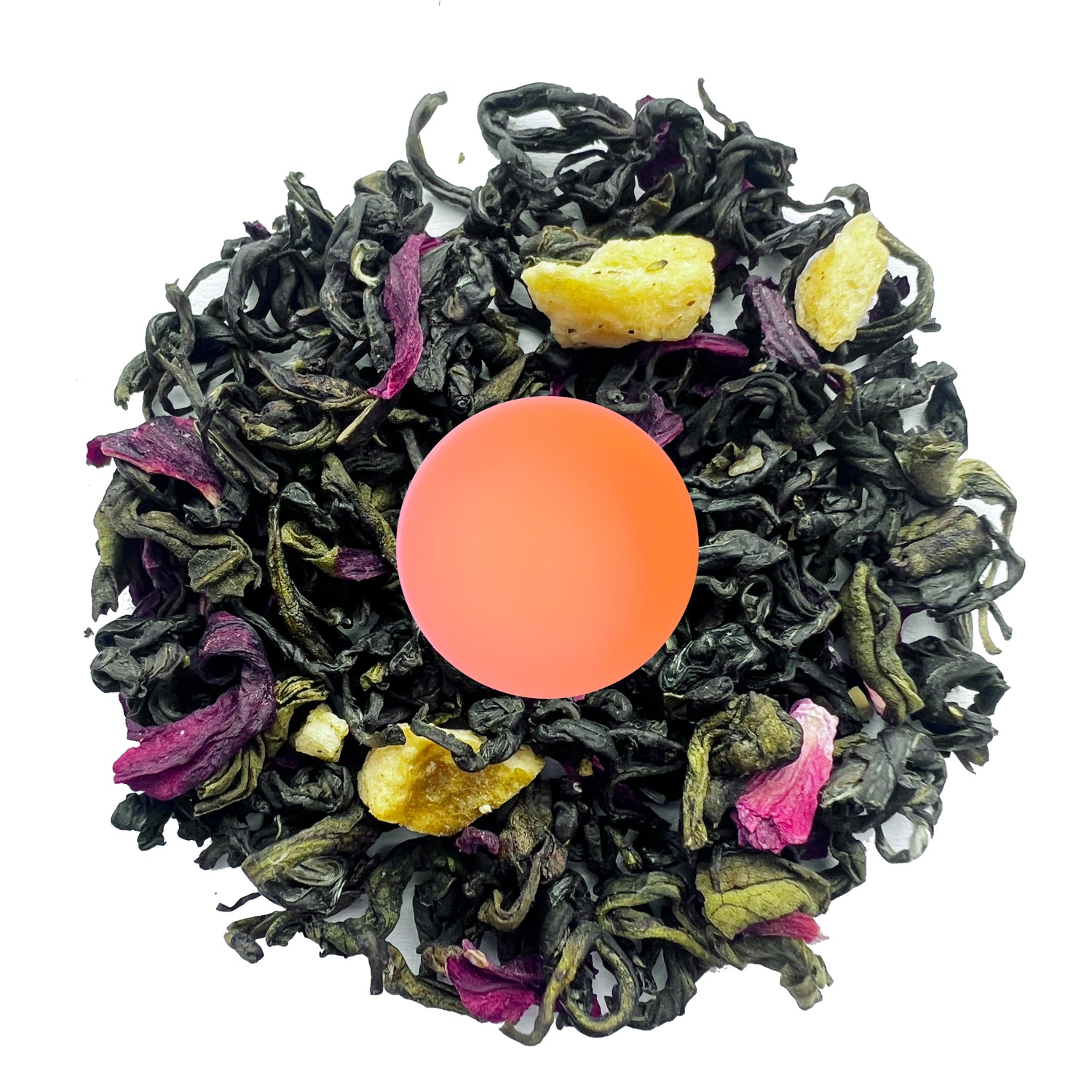
Tea Culture Around the World: A Definitive Guide
People around the world have been drinking tea for ages for several reasons. As one of the most popular beverages, tea is available in various flavors and comes with various benefits. Hundreds of tea varieties are available all around the world. But, have you ever heard about the tea culture around the world? Yes, tea is a part of the culture of many countries and this tea around the world varies according to country. So, what exactly is a tea culture?
The Tea Culture
Tea culture around the world is the way people prepare and consume tea, how they interact with and the aesthetics surrounding tea drinking. In general, tea is consumed daily either alone or with friends/families. It is also consumed at formal and social events. Also, there are numerous ways of preparing tea, which vary according to the tea-drinking culture of the country. For example, in countries like Nepal, tea is prepared with or without sugar. While tea is prepared using salt and butter in Tibet. Also, different varieties of tea are preferred in different countries depending on their tea culture.
While talking about the tea culture of the world, we can see that tea is a way of life for Chinese people. China produces hundreds of varieties of tea such as Jasmine Tea, Oolong Tea, and many more. Chinese believe that the tea-drinking process is not just a refreshment but also a spiritual process that cultivates moral character and nourishes the mind. In China, offering tea at social gatherings is also known as a way of demonstrating hospitality. The art of making tea in China is known as “Cha Dao”. This culture of tea preparation in China is closely linked to Daoism and Chinese philosophies of balance, harmony, fulfillment, and enjoyment.
What does tea symbolize?
There is not just one thing that tea symbolizes. Tea symbolizes different values for different cultures. For example, tea symbolizes a sign of respect in Chinese culture. As a tradition, the younger generation shows respect to the elder generation in China by offering them with tea. Also, as a part of their holiday activity, the younger generation has a culture of inviting the elder generation to restaurants for tea. Similarly, newly married couples also serve tea as a sign of respect to the elder family members.
The tea symbolizes hospitality in Nepali culture. In Nepal, a cup of tea is much more than just tea. People love to drink tea in Nepal, especially the one that is prepared mixed with milk and sugar. Tea culture in Nepal connects people to their heritage and, to many, is a lasting source of habitual comfort.
Who drinks the most tea?
When it comes to tea production and consumption, China stands first on the list. China alone consumes about 1.6 billion pounds of tea per year. Then comes the countries like Turkey, Ireland, the United Kingdom, and so on. On average, one person in Turkey consumes 7 pounds of tea per year. Tea consumption in Turkey was escalated by the rise in the price of coffee in Turkey. Similarly, the consumption of tea is high in Ireland due to cold weather. People regularly drink tea to keep themselves hot in the chilly weather.
Tea Culture Around the World
The Chiya of Nepal
Similar to the Chai of India, prepared with milk and sugar, this Nepali Breakfast essential is also loved in the afternoon as something to rejuvenate and energize for the rest of the day. In Nepal, they have a thing called ‘Chiya Guff’ sessions, where people gather at a tiny local tea shop in the mornings or afternoons and talk about current affairs, politics, etc, or anything they fancy. They also have a funny sarcastic term for a person who talks excessive politics at a tea shop called, “Chiya pasal bleak” which translates to “A tea Shop Political Analyst” or a political analyst whose analysis never leaves the boundaries of the tea shop.
The Chai of India
India is also one of the largest producers and consumers of tea. Indians love to consume tea prepared in a variety of ways. Indian Tea culture is a part of their day-to-day life. Tea mixed with milk and various spices are very popular in India. Very popularly known as Chai, tea can be bought on the go from different tea vendors in every other corner of India. Tea vendors “Chai Wallah’s” in India sell tea in beautiful clay cups.
Tea Ceremony of Japan
The culture of drinking tea in Japan has been cultivated since the 8th century. In those times, tea was taken as a medicinal beverage and was consumed mostly by upper-class people and priests. Today, Japan is home to popular teahouses where Matcha is served. Tea is also a basis of traditional ceremonies in Japan. This ceremony is known as Chado, a way of tea. This ceremony is a spiritual experience where the host may spend a lot of time preparing for all the correct gestures and movements required.
Chado is a ceremonial way of preparing and drinking green tea in a traditional tearoom with a tatami floor. One of the main purposes of the tea ceremony is to allow the guest to enjoy tea in a different atmosphere, away from everyday life.
Chinese Gongfu Tea Ceremony
The Gongfu Tea ceremony, also known as the Kung Fu Tea ceremony is a special Chinese tea ceremony that involves the ritual preparation and presentation of tea. Preparing Gongfu Tea involves a very detailed process that includes even the design of tea cups and pots.
The gongfu tea ceremony or kung fu tea ceremony is a type of Chinese tea ceremony, involving the ritual preparation and presentation of tea. The ritual also involves a tureen, strainers, tongs, tea towels, a brewing tray, and "scent cups," which are used solely to sniff—not drink—the very strong and bitter brew.
Before brewing the Gongfu Tea, the guests are required to smell the leaves and enjoy its fragrance. The preparation of Gongfu Tea also involves warming the cups with a wash of the tea's first brew. The process of pouring Gongfu tea is also very fascinating. Here, the cups are arranged in a circle, then the tea is poured from a high level in the same motion until all the cups are full. While drinking this tea, the guests are expected to cradle the cup—and its accompanying saucer if there is one—in two hands, to sip slowly and savor the flavor, and then cradle the empty cup to relish in the aroma after the tea is gone.
Moroccan Mint Tea (Maghrebi Mint Tea)
The flavorful Moroccan Mint tea is a combination of spearmint, green tea leaves, and sugar. In the Moroccan tea culture, the Moroccan mint tea is required to be served three times to the guest. However, the flavor is not the same for all three servings. As the saying goes, the first glass is as gentle as life, the second is as strong as love, and the third is as bitter as death. The guests cannot refuse any of these servings as it is considered to be rude.
There are numerous benefits of Moroccan mint tea such as relief from stomach ailments and heartburn. This tea is also believed to improve focus and intellectual performance and restore a youthful glow.
English Afternoon Tea
The tea culture of English afternoon tea dates back to the early 19th century. It was introduced by Anna, the Duchess of Bedford. The culture was introduced to fill in the long gap between lunch and dinner at a time when dinner was served as late as 8 p.m.
The traditional English afternoon tea includes a wide selection of sandwiches, scones served with clotted cream and preserves along with cakes and pastries. The British used tea grown in India or Ceylon for English afternoon tea. Here, the tea is poured from silver tea pots into delicate bone china cups.
Thai Iced Tea or Cha Yen
Cha Yen or Thai Iced Tea is not only popular in Thailand but also served at Thai restaurants worldwide. This is a sweet creamy beverage that is different from regular black tea. Cha Yen tea is a blend of Ceylon or Assam tea with sugar, condensed milk, and spices like star anise, tamarind, and orange blossom, served over ice in a tall glass. Some also prefer to top it off with evaporated milk to create an ombre effect. It is served over ice in a tall glass. This tea is very high in calories but compliments the hot temperature in Thailand.
Russian Samovar
A Russian Samovar is a metal container traditionally used to heat and boil water. The culture of drinking Russian Samovar tea originated when food and drinks needed to be served to as many people as possible. The shortage of food and drinks led to the identification of Zavarka, a loose-leaf tea concentrate brewed in a small metal container called a samovar.
Russian Samovar tea is a very strong black tea that is brewed in a Samovar and served to guests in large mugs. Even though it is served in large mugs, only an inch or less of this concentrated tea (black) is poured into the mugs. The guests then add hot water to it as per their requirements. This tea is served with milk and snacks like cookies and crackers. Serving it alone is considered to be a rude gesture.
Tibetan Butter Tea
Have you ever added butter and salt to your tea? This tea recipe might be surprising to many, but is a delicacy in Tibet. This tea culture in Tibet is not known to many. Tibetan butter tea, also known as Po Cha, is a traditional Tibetan tea that is made by boiling a brick of Pemagul black tea for hours. When the black tea has been boiled properly, milk, salt, and yak butter are added to it. This tea requires to have a consistency like that of a soup. Tibetan butter tea is very beneficial for high-altitude and cold climates. According to Tibetan tea culture, this tea drinks before going to work and is always served to guests.
Iranian Chaikhanehs
The Iranian Chaikhanehs are tea houses popular in the Middle East. Tea production started in Iran in the 20th century and now has become a crucial part of their social life. In the Iranian tea culture, black tea is carried in a silver tray while serving it to the guests. The tea is served along with a bright yellow rock candy called Nabat. The Iranian tea is served very strongly and sugar is not added to the tea directly. Instead, a sugar cube between the front teeth and the strong brew is sucked through it.
Argentina Yerba Mate
Argentina Yerba Mate, pronounced ma-day, is a traditional herb "tea" made from its titular herb. Also known as the drink of gods, the Yerba Mate is prepared in a small pot or dried calabaza gourd. Then, it is drunk straight from the pot through a special straining straw called a bombilla.
This device will be revived with more hot water and passed around a gathering so all might share their tea and bond. To say "thank you" in this situation is seen as declining the drink, which is a grave insult. Also insulting: stirring the brew with the bombilla, as it questions the abilities of its brewer/your host.
Taiwanese Bubble Tea
Taiwanese bubble tea also known as boba tea or black pearl tea was invented in the 1980s. This tea culture in Taiwan is popular all over the world. This high-calorie tea is a mixture of iced tea, powdered milk, and sugary syrup. The small black balls of tapioca in the boba tea are a starchy white grain. Taiwanese Bubble tea is available in various flavors and is very refreshing. Since bubble tea is very high in calories and carbohydrates, it can provide an instant boost in energy. In most cases, boba tea contains high levels of sugar.
So, having learned about these tea cultures around the world, which one did you find to be the most fascinating one? If you are a tea lover, you must have already tried a few of them. Also, you don’t have to visit the respective countries to try out their tea culture. They are available all around the world.
Buy the Finest Himalayan Loose Leaf Teas
Danfe Tea brings you the finest loose leaf tea from the Himalayas. With over 30 natural loose-leaf tea variants, we offer 1 lb variants and also offer monthly tea subscription.










